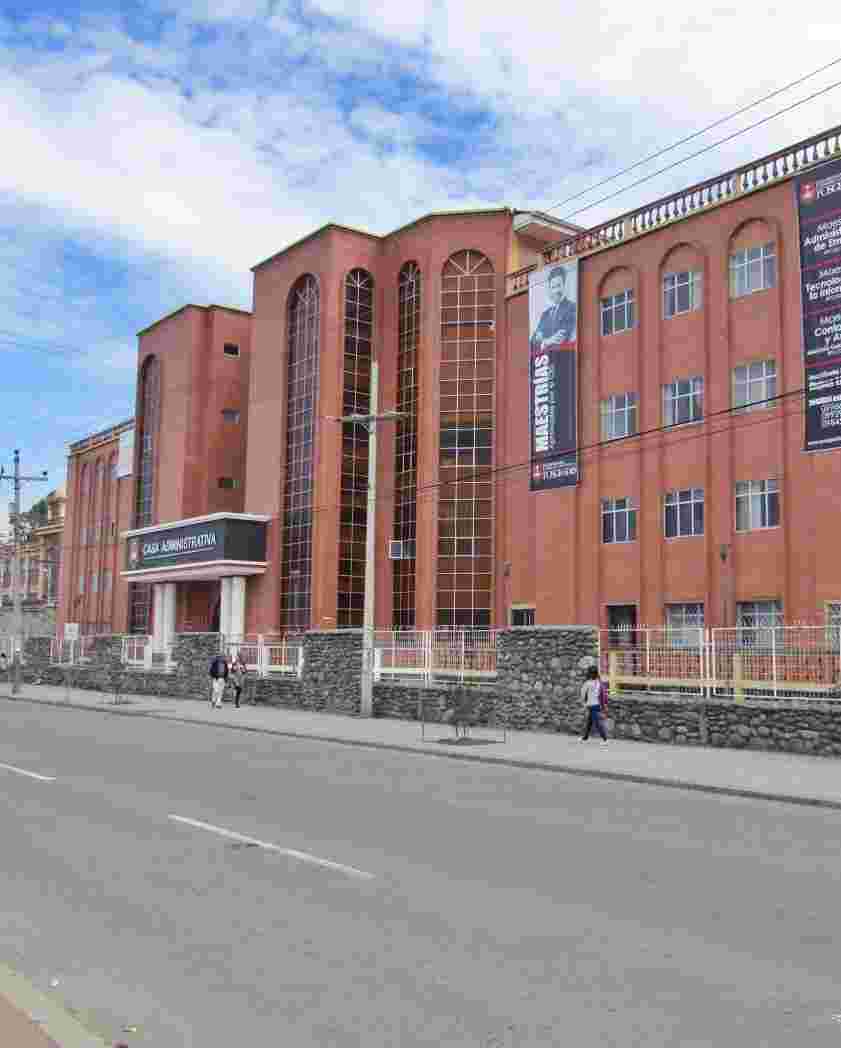Manifestaciones orales rojas y blancas asociadas con candidiasis
Cargando...
Fecha
Autores
Título de la revista
ISSN de la revista
Título del volumen
Editor
Universidad Católica de Cuenca.
Resumen
The objective of this research was to identify the different red and white oral
manifestations associated with candidiasis, diagnosis, prevalence factors, associated
clinical characteristics and the different treatment alternatives. MATERIALS AND
METHODS: A bibliographic review of scientific literature was carried out without any type
of restriction regarding language, country and type of study, an exhaustive search was
carried out in the databases SciELO, PubMed, Google Scholar, Scopus, EBSCOhost,
Springer and Web Of Science, where inclusion criteria were established, finding pertinent
information in 97 articles, of which 61 met the proposed criteria. RESULTS: The main
clinical signs of oral candidiasis include white manifestations: pseudomembranous
candidiasis, hyperplastic candidiasis and red manifestations: erythematous / atrophic
candidiasis, rhomboid glossitis, angular cheilitis and linear gingival erythema, its
diagnosis is clearly clinical by confirming complementary tests: (cultures , exfoliative
cytology and biopsy), it is attributed to multiple local and systemic factors (poor oral
hygiene, age, immune system, HIV, etc.) and its therapeutic management requires the
use of antifungal agents suitable for the clinical and systemic condition of each patient
according to the location, severity and extent of the injury. CONCLUSIONS:
Pseudomembranous candidiasis and hyperplastic candidiasis are the main white-type
oral manifestations, while atrophic candidiasis, median rhomboid glossitis, linear gingival
erythema and angular cheilitis correspond to the red manifestations associated with
candidiasis, the diagnosis is clinically confirmed by means of Exfoliative cytology, its
development is associated with local factors (poor hygiene) and systemic (HIV) and its
treatment is prevention, good oral hygiene regimens accompanied by antifungal
therapies that will be prescribed according to the conditions of each patient, severity and
location of injuries.
Descripción
OBJETIVO: El objetivo de esta investigación fue identificar las diferentes
manifestaciones orales rojas y blancas asociadas a candidiasis, diagnóstico, factores de
prevalencia, características clínicas asociadas y las diferentes alternativas de
tratamiento. MATERIALES Y MÉTODOS: Se llevó a cabo una revisión bibliográfica de
literatura científica sin ningún tipo de restricción en cuanto a idioma, país y el tipo de
estudio, se realizó una búsqueda exhaustiva en las bases SciELO, PubMed, Google
Académico, Scopus, EBSCOhost, Springer y Web Of Science, donde se establecieron
criterios de inclusión, encontrándose información pertinente en 97 artículos, de los
cuales 61 cumplieron con los criterios propuestos. RESULTADOS: Los principales
signos clínicos de la candidiasis oral incluyen manifestaciones blancas: candidiasis
pseudomembranosa, candidiasis hiperplásica y manifestaciones rojas: candidiasis
eritematosa/atrófica, glositis romboidal, queilitis angular y eritema gingival lineal, su
diagnóstico es netamente clínico mediante la confirmación de exámenes
complementarios: (cultivos, citología exfoliativa y biopsia), se la atribuye a múltiples
factores de tipo local y sistémico (mala higiene oral, edad, sistema inmunológico, VIH
etc.) y su manejo terapéutico requiere la utilización de antifúngicos adecuados para la
condición clínica y sistémica de cada paciente de acuerdo a la localización, gravedad y
extensión de la lesión. CONCLUSIONES: La candidiasis pseudomembranosa y la
candidiasis hiperplásica son las principales manifestaciones orales de tipo blancas,
mientras que la candidiasis atrófica, la glositis romboidal media, el eritema gingival lineal
y la queilitis angular corresponden a las manifestaciones rojas asociadas con
candidiasis, el diagnóstico es clínico confirmándose mediante citología exfoliativa, su
desarrollo se asocia a factores locales (mala higiene) y sistémicos (VIH) y su tratamiento
es la prevención, buenos regímenes de higiene oral acompañados de terapias
antimicóticas que va ser prescritas de acuerdo a las condiciones de cada pacientes, a
la gravedad y localización de las lesiones.
Palabras clave
Candidiasis oral, candida albicans, tordo, infección oportunista, antifúngicos
Citación
Calle Rojas, A.G. (2020) Manifestaciones orales rojas y blancas asociadas con candidiasis. Universidad Católica de Cuenca.




